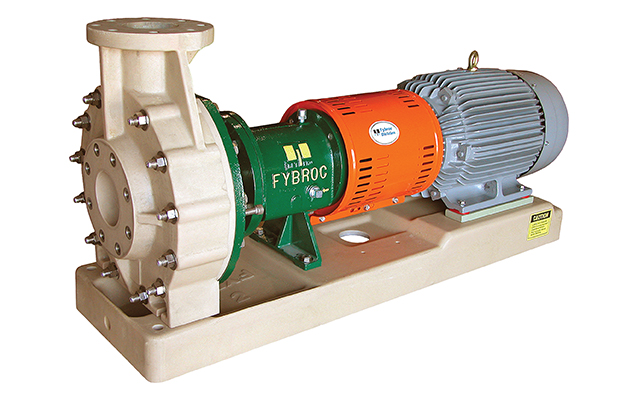Author: Adam Cornford, on behalf of CECO Environmental
Saudi Arabia is best known for its abundance of oil. But like other nations in hot, dry parts of the world, it faces challenges in providing enough freshwater for its growing urban population. One solution increasingly adopted in the Gulf region is desalination of seawater. The kingdom already has several desalination plants, including one that supplies water to the northeastern city of Al Khafji. In 2015, the government commissioned a new plant to be installed next to the existing one for the city. Designed to supply the region with 60,000 cubic meters (20 million cubic feet) of freshwater per day, it was projected at the time of commission to be the world’s largest. What’s more, the plant was to be powered mainly by solar energy, though it would also be connected to the national grid.
Solar power is an especially natural fit for the Middle East, as sunshine is plentiful throughout the year. Forty to fifty percent of the cost of desalination is energy. Moreover, for oil-producing states like Saudi Arabia, every kilowatt of solar energy generated represents barrels of oil they can sell on the world market at the going rate rather than at subsidized prices to their own power companies. A recent sharp drop in the already falling prices of photovoltaic (PV) cells has made solar a more attractive option than ever. Hence the Saudi government’s decision.
Challenges at Every Point
The plant is currently under construction, as is the 15-MW PV array. Owing to some technical problems in articulating the PV array to the plant, though, they are now likely to operate separately, and the plant may also rely on conventionally fueled generators at least part of the time. The plant will use ultrafiltration (UF) during pre-treatment and state-of-the-art reverse osmosis (RO) to remove dissolved impurities and salts from the ocean water.
Like other desalination plants, the facility will consist of two parts: the plant itself, built near the shoreline, and a tower located 6 km. offshore, connected to the plant by a pipeline, where raw water is pumped in and pre-filtered to remove jellyfish and other solids and semisolids. The water is then piped to the plant itself, where it undergoes ultrafiltration before passing through the RO membrane system.
Tough conditions like these set a high technical bar for the pumps involved. They must reliably and safely move a tremendous volume of water 24/7, and the components must be exceptionally resistant to corrosion as well as flow restrictions.
Specifying the Right Pumps for Exceptional Conditions
Due to the particularly corrosive nature of seawater off the coast of Saudi Arabia, which has a high salt content, the project specified CECO Fybroc centrifugal pumps. The FRP pumps manufactured by Fybroc are designed specifically to handle corrosive liquids. Sheets of continuous-strand fiberglass mat are carefully oriented, then die-cut into the required shapes and loaded into metal die molds to eliminate any chance of impurities and improve structural integrity. Using the Resin Transfer Molding (RTM) process, the closed molds are injected with catalyzed resin. Once the resin gels, the part is removed and allowed to cure at ambient temperature and then post-cured using controlled heat.
The curing or “thermosetting” creates permanent, irreversible connections between the polymer’s molecular chains. This gives the polymer a three-dimensional structure and makes it considerably more rigid. Thermoset materials outperform other materials (like thermoplastics) in mechanical properties, chemical resistance, thermal stability, and overall durability. This renders critical components such as the single-piece casing sturdy enough to handle normal pipe loads under full working pressures. The reinforcing properties of RTM process also extends the life of the pump’s impeller by giving it unparalleled strength without degradation in highly corrosive environments. Altogether, this makes thermoset-fiberglass pumps capable of handling greasy, impurity-laden, ultra-saline Gulf seawater.
While nearly 70 percent of the world is covered by water, only 2.5 percent of it is fresh. And only about 1 percent is accessible, because the rest is in glaciers. Meanwhile, the demand for freshwater for drinking, washing, sewage disposal, and commercial and industrial purposes continues to grow along with urbanization and global population. More desalination of seawater is inevitable, as is the recycling and reclamation of wastewater. These solutions will require advanced materials that prevent corrosion and contamination as they move water through systems that make it clean and fit for human use. Like solar power, whose cost keep falling as its efficiency improves, innovative technologies like the fiberglass reinforced polymer pumps will continue to be part of those solutions.




